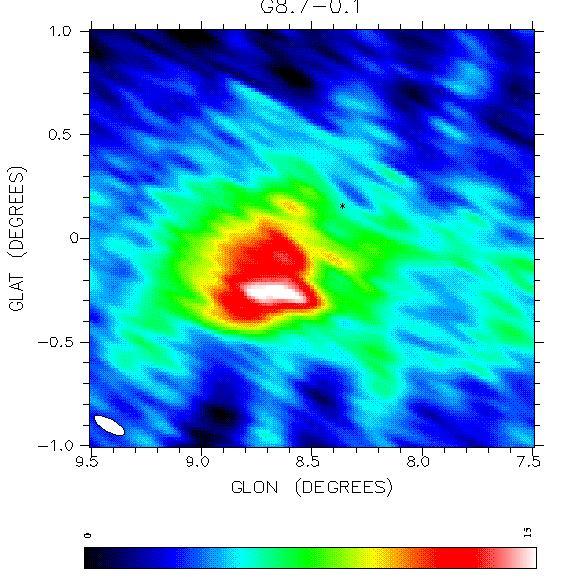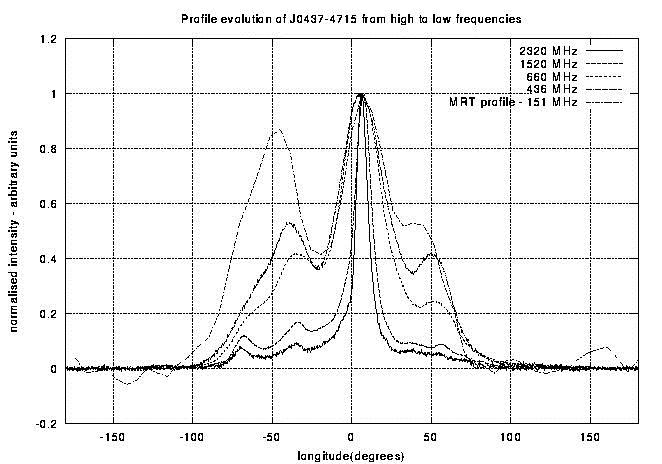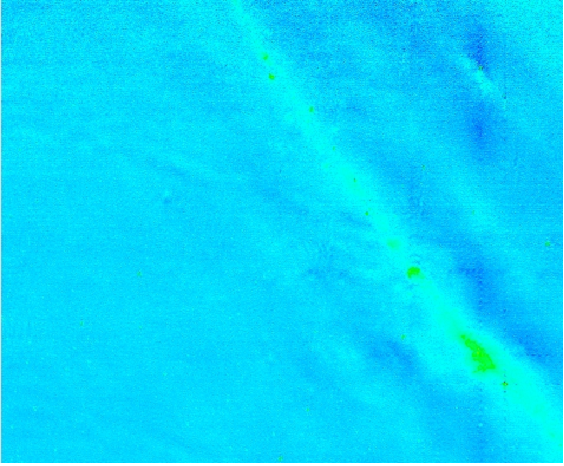How MRT operates
The MRT is a T-shaped array consisting of 1020 fixed helical antennas in the East-West arm (2 km) arranged in 32 groups and 64 helical antennas on 16 movable trolleys in the North-South (880 m). There is a single trolley in the North arm. The antennas collect the radio waves. The signal from each group is filtered, amplified and sent to the telescope building where it is combined with signals from other groups. The signal is processed in a correlator and computers transform it into images or profiles.
The MRT uses the technique of aperture synthesis to simulate a 1 km by 1 km filled array. Observations are made with the trolleys in the South arm at their nearest position from the array centre. The trolleys are then moved further south and the observations repeated 62 times. This process continues until the end of the south arm is reached. A computer, running under Linux OS, is used to add these observations to make a map of the sky. Unlike most radio telescopes, the MRT can see very extended sources. Also, the non-coplanarity of the East-West arm have led to new imaging techniques used in cleaning the raw data.
Although the MRT was primarily designed to conduct the 151.5 MHz survey, it has also been used for pulsar observations. During pulsar observations, only the East-West arm is used. The group outputs are added together, with a tracking capability of about 20 for a source transiting at meridian. This corresponds to 8 minutes for an equatorial source. The data is recorded at a fast rate over a band width of 1MHz. The data processing is done to produce a dedispersed output in the desired format, including the pulsar profile unique to each pulsar.
Research Output

Supernova Remnant

Galactic radio map at low resolution

Pulsar Profile

